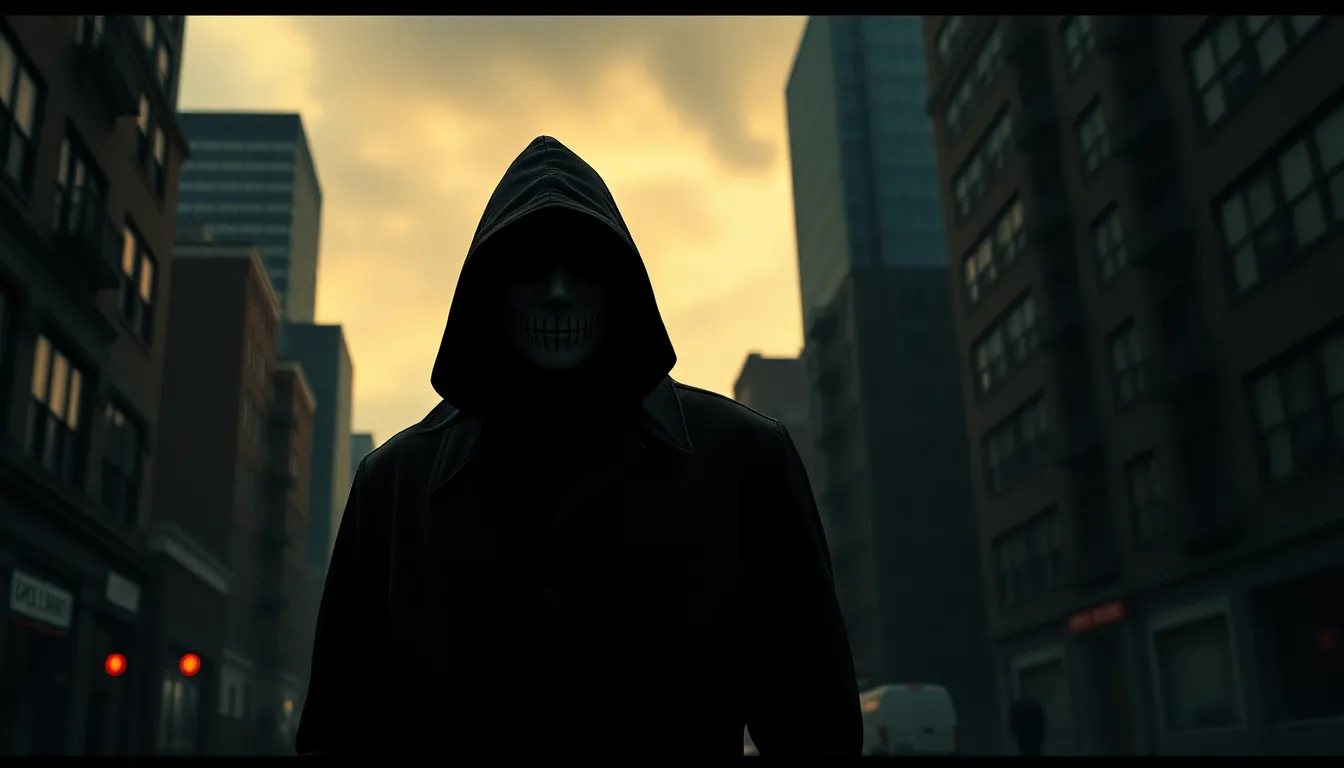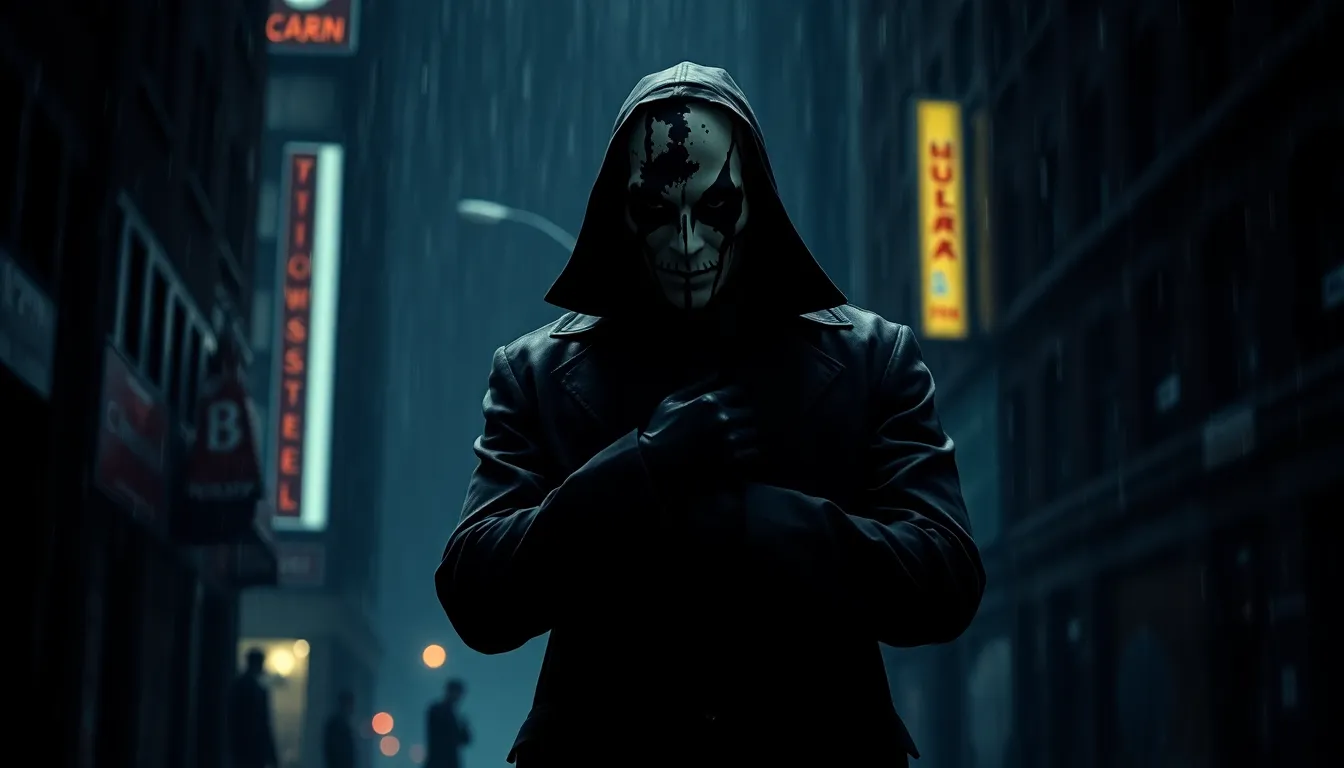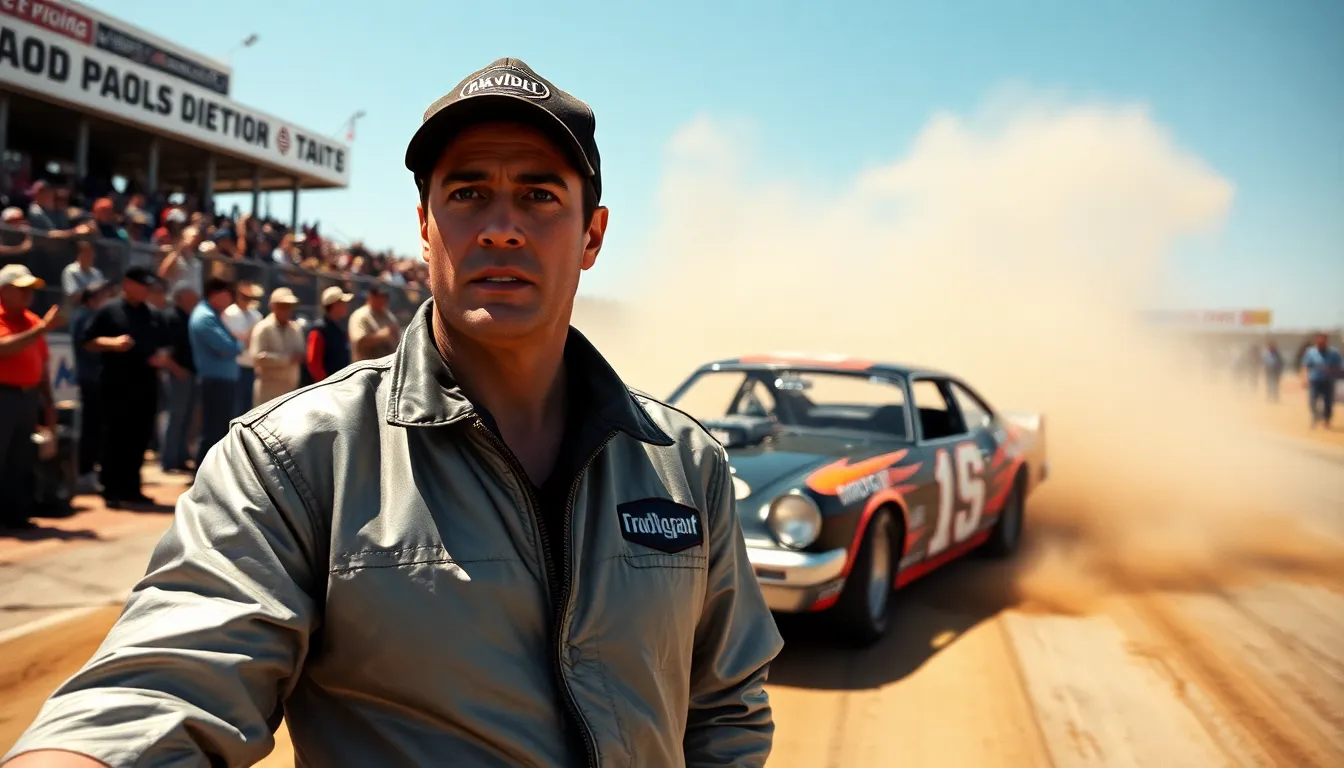Table of Contents
ToggleIn a world where superheroes grapple with their own humanity, Watchmen stands as a groundbreaking cinematic achievement. Directed by Zack Snyder, this 2009 adaptation of the iconic graphic novel reshapes the superhero genre, blending complex characters with a rich narrative. Set against a backdrop of political tension and moral ambiguity, it challenges viewers to reconsider what it means to be a hero.
As the story unfolds, audiences are drawn into a dark and gritty universe where former vigilantes confront their pasts and the looming threat of annihilation. With its stunning visuals and thought-provoking themes, Watchmen invites viewers to explore deeper questions about power, responsibility, and the nature of justice. Whether you’re a long-time fan of the graphic novel or new to the world of Watchmen, this film promises an unforgettable experience that lingers long after the credits roll.
Overview of Watch Watchmen (Film)
Watchmen, released in 2009, is a film adaptation of the acclaimed graphic novel created by Alan Moore and Dave Gibbons. Directed by Zack Snyder, the film diverges from traditional superhero narratives by presenting a complex story centered on moral dilemmas and political intrigue.
Set in an alternate 1985, the film explores the lives of former vigilantes who grapple with their past actions while navigating a world on the brink of nuclear war. Prominent characters include Rorschach, a brutal detective seeking justice; Dr. Manhattan, a superhuman with god-like powers; and Ozymandias, whose grand vision for humanity raises ethical questions.
The film’s visual style pays homage to the graphic novel, employing a vibrant color palette and stylized action sequences. It maintains the source material’s tone, addressing themes such as the nature of power, the consequences of vigilance, and the ambiguity of morality.
Watchmen’s impact extends beyond its visuals; it urges viewers to contemplate the responsibilities that accompany power and the complexity of human motives. This thought-provoking approach solidifies its position as a significant work in the realm of graphic novel adaptations.
Plot Summary

The 2009 film adaptation of Watchmen intertwines complex characters with a narrative steeped in moral ambiguity, set in an alternate 1985. It explores the dark realities of a world on the brink of nuclear catastrophe, where former vigilantes are compelled to confront their legacies and existential threats.
Main Characters
- Rorschach: A relentless detective, Rorschach’s uncompromising sense of justice drives him to investigate the murder of a fellow vigilante. His masked persona reflects his black-and-white worldview, emphasizing the film’s exploration of morality.
- Dr. Manhattan: A former human transformed into a god-like entity, Dr. Manhattan possesses vast powers, including manipulation of matter and time. His detachment highlights the struggle between omnipotence and the value of human life.
- Ozymandias: The film’s antagonist, Ozymandias, embodies intelligence and ambition with his vision for humanity’s survival. His controversial plan to avert nuclear war raises questions about ethics and the greater good.
Key Themes
- Power and Responsibility: The film emphasizes the immense responsibilities that come with power, questioning whether absolute power corrupts absolutely. Characters grapple with their decisions and the implications of their vigilante actions.
- Moral Ambiguity: Watchmen continuously challenges viewers to consider the gray areas of morality. The characters embody this theme, each representing different ethical dilemmas in their missions.
- Consequences of Vigilantism: The narrative scrutinizes the impact of vigilantism on society, probing the effectiveness of individuals taking justice into their own hands against systemic corruption and violence.
Watchmen thrives on its intricate storytelling and character arcs, inviting critical reflection on these pressing themes while remaining visually stunning.
Cinematic Techniques
Watchmen employs a range of cinematic techniques that enhance its storytelling and visual impact. The film’s direction, cinematography, and music work in tandem to create an unforgettable experience.
Direction and Cinematography
Zack Snyder’s direction underscores the film’s dark themes and complex characters. He utilizes a meticulous framing style, reflecting the graphic novel’s composition. Notable scenes demonstrate high contrast between light and shadow, enhancing the film’s noir aesthetic. Cinematography by Larry Fong incorporates vibrant colors and dynamic camera movements, bringing key moments to life. For instance, the slow-motion sequences during action scenes amplify their intensity. The use of wide shots captures the expansive dystopian landscape, immersing viewers in the film’s alternate reality. Visual motifs, such as the recurring imagery of clocks, symbolize the impending doom and the urgency of the characters’ struggles.
Soundtrack and Score
The soundtrack and score of Watchmen play a pivotal role in establishing its tone. Composed by Tyler Bates, the score blends orchestral elements with rock influences, enhancing emotional resonance. Key scenes feature iconic songs from the 1980s, such as “The Sound of Silence” and “Hallelujah,” which reinforce the characters’ internal conflicts and moral dilemmas. The use of music not only evokes nostalgia but also heightens dramatic moments, immersing the audience further into the film’s atmosphere. Carefully curated song placements align with pivotal plot points, creating an intricate auditory experience that complements the visual storytelling.
Reception and Impact
The reception of Watchmen reflects its unique position in the superhero film genre, combining box office performance and critical acclaim to underscore its significance in cinematic history.
Box Office Performance
Watchmen grossed approximately $185 million worldwide against a production budget of $130 million, demonstrating commercial viability despite mixed initial reception. The film debuted at the top of the box office, earning around $55 million in its opening weekend in March 2009. Although it faced competition from other releases, Watchmen maintained steady earnings, particularly in international markets. Its strong performance indicated interest in darker, more complex narratives within the superhero genre.
Critical Acclaim
Critics praised Watchmen for its ambitious storytelling and adherence to the source material. The film holds a 65% approval rating on Rotten Tomatoes, signaling a generally favorable reception. Writers noted Zack Snyder’s ability to capture the graphic novel’s essence while introducing cinematic techniques that enhanced its appeal. The film was nominated for two Academy Awards, including Best Visual Effects, reflecting recognition of its technical achievements. Critics also highlighted the performances of the cast, particularly Jackie Earle Haley as Rorschach, praising his embodiment of the character’s psychological depth. The rich thematic exploration resonated with audiences, positioning Watchmen as a thought-provoking entry in the superhero canon.
Watchmen stands out as a groundbreaking film that reshapes the superhero genre. Its intricate narrative and complex characters invite viewers to ponder deep moral questions while navigating a visually stunning world. The film’s ability to blend high-stakes drama with philosophical themes resonates with audiences, ensuring its lasting impact.
As viewers engage with the ethical dilemmas presented, they find themselves reflecting on the nature of power and responsibility. This thought-provoking journey makes Watchmen not just a film but a cultural commentary that challenges conventional superhero storytelling. With its unique approach and striking visuals, it remains a significant work that continues to inspire discussions about morality and the human experience.



